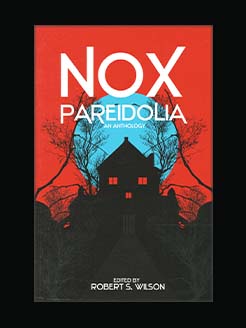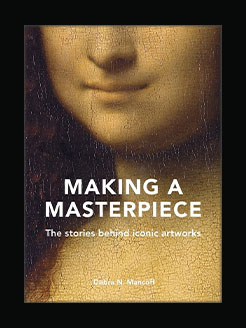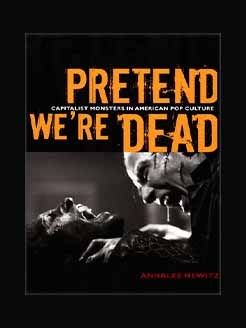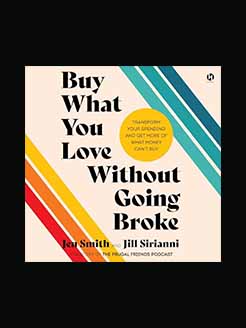Published in 2025
432 pages
13 hours and 13 minutes
Frances Wilson is a critic, a journalist, and the author of six works of nonfiction, including How to Survive the Titanic: or, The Sinking of J. Bruce Ismay, which won the Elizabeth Longford Prize for Historical Biography; Guilty Thing: A Life of Thomas De Quincey, which was a finalist for the National Book Critics Circle Award and the Los Angeles Times Book Prize and was long-listed for the Baillie Gifford Prize; and Burning Man: The Trials of D. H. Lawrence, which won the Plutarch Award, was short-listed for the Duff Cooper Prize and the James Tait Black Award, and was long-listed for the Baillie Gifford Prize.
What is this book about?
“Is the story fact? Is it fiction? It is what it is.” —Muriel Spark
The word most commonly used to describe Muriel Spark is “puzzling.” Spark was a puzzle, and so too are her books. She dealt in word games, tricks, and ciphers; her life was composed of weird accidents, strange coincidences, and spooky events. Evelyn Waugh thought she was a saint, Bernard Levin said she was a witch, and she described herself as “Muriel the Marvel with her X-ray eyes.” Following the clues, riddles, and instructions Spark planted in her biographies, fiction, autobiography, and archives, Frances Wilson aims to crack her code.
Electric Spark explores not the celebrated Dame Muriel but the apprentice mage. We return to her early years when everything was piled on: divorce, madness, murder, espionage, poverty, skullduggery, blackmail, love affairs, revenge, and a religious conversion. If this sounds like a novel by Spark, it is because the experiences of the 1940s and 1950s became the material of her art.
“As good a critic as she is a biographer [and] as sharp a stylist as she is a reader” (The Boston Globe), Wilson brings her powers to bear on one of the most formidable writers of the twentieth century.







